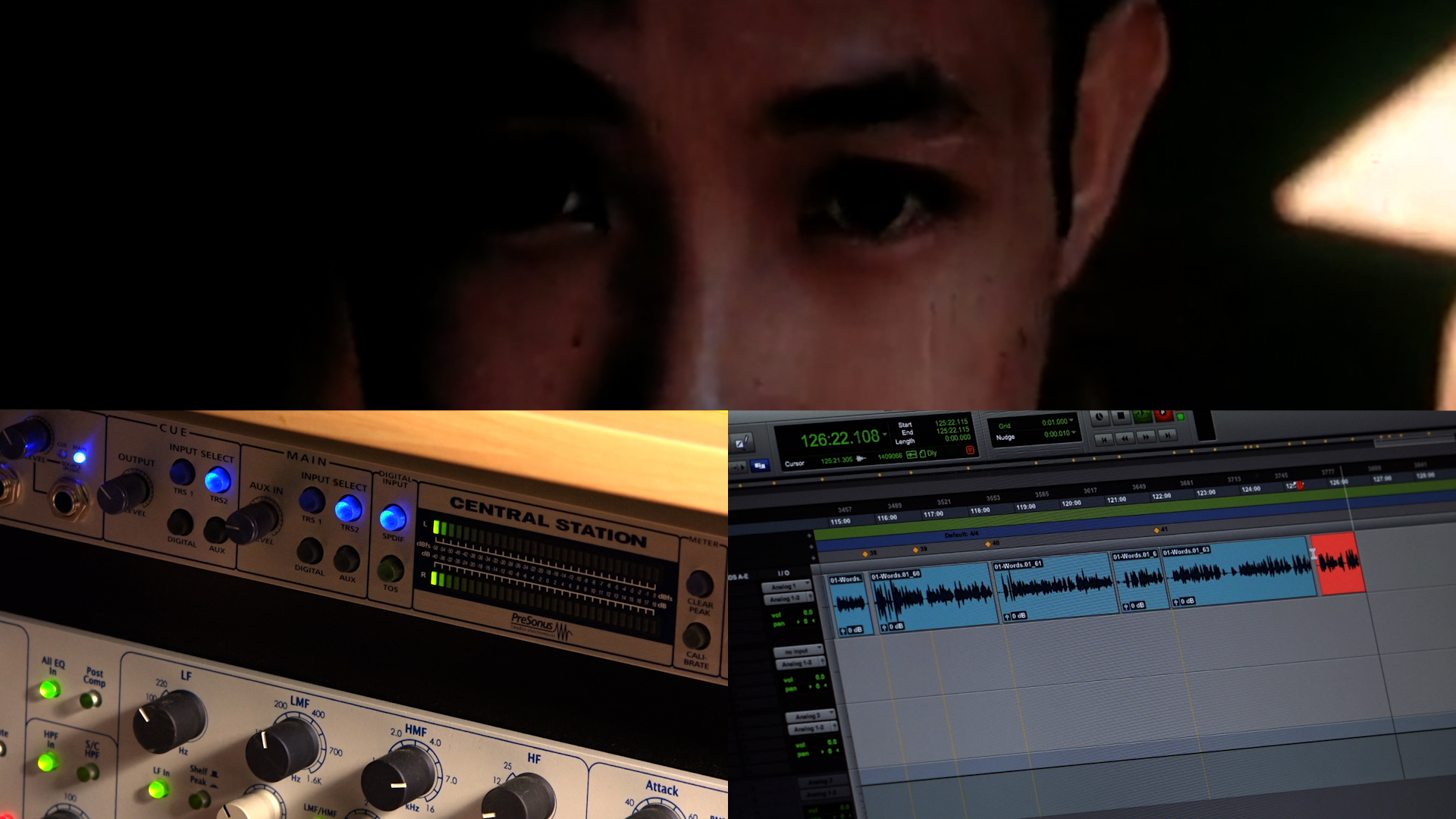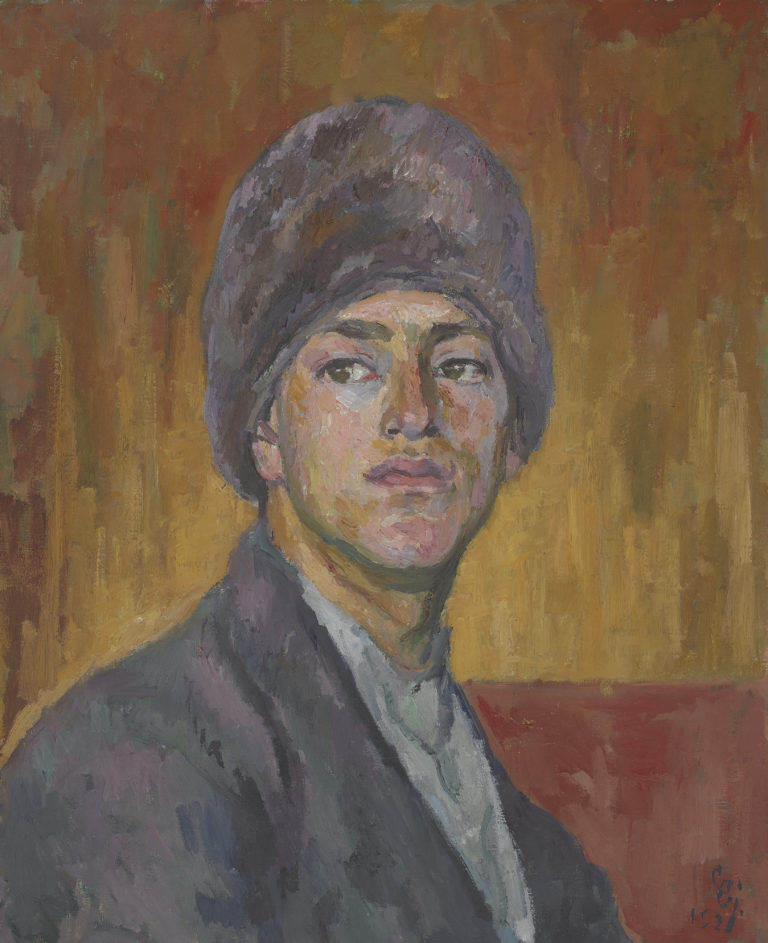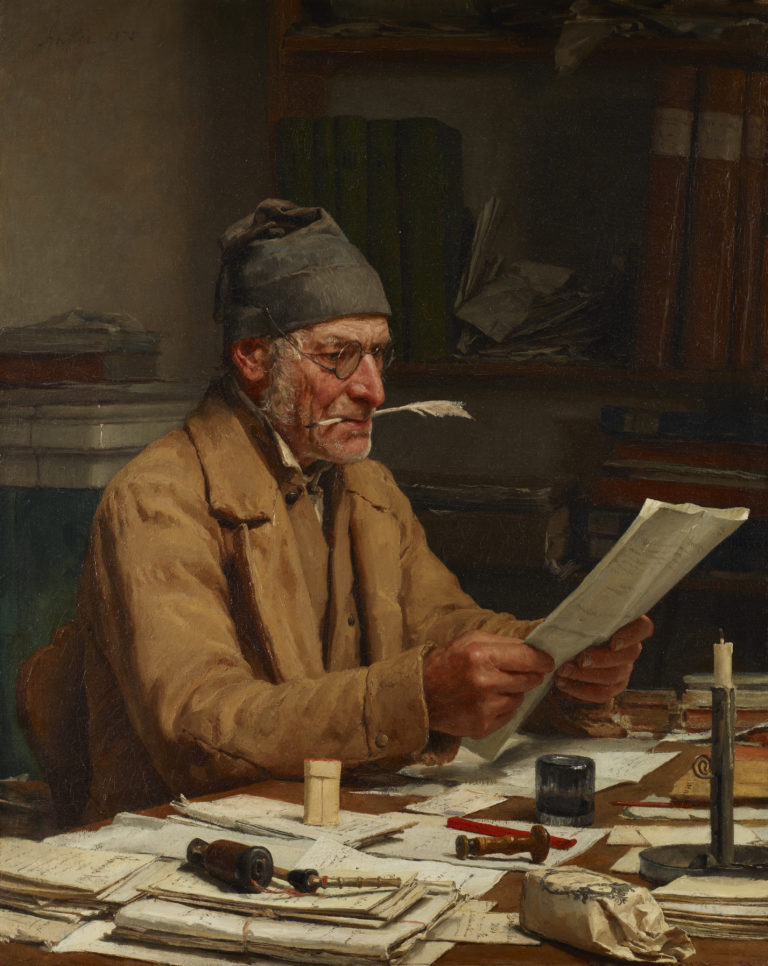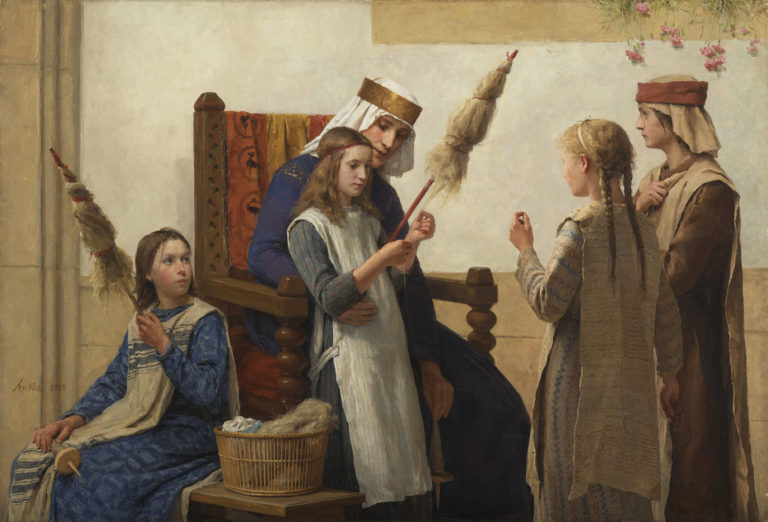Bibliography
Gloria Sutton, Renée Green. Pacing, exh.cat. Harvard, Carpenter Center for the Visual Arts, 2018: https://s3.amazonaws.com/harvard-ccva/system/ckeditor/attachment_files/data/55/original/renee_gree_fam_case_booklet.pdf.
Nicole Schweizer, ‘Renée Green: ED/HF (2017) – Extraterritorial Durations/Harun Farocki,’ coll. The Walker Reader (online), Minnesota, Walker Art Center, available online: https://walkerart.org/magazine/renee-green-ed-hf-2017-extraterritorial-durations-harun-farocki, 2019.
Nicole Schweizer (ed.), Renée Green. Ongoing Becomings, exh. cat. Lausanne, Musée cantonal des Beaux-Arts, Zurich, JRP Ringier, 2009.




The film ED/HF – Extraterritorial Durations/Harun Farocki in full – can be read as a combined portrait of Green herself and of Harun Farocki. The artist pays homage to the experimental filmmaker in a video edited to highlight matching imagery and visual echoes in the ‘territories’ explored in their respective lives and artistic endeavours. The film explores how personal experiences of migration, shifts, and negotiations between languages and places all affect ways of thinking and creating.
ED/HF offers a multiplicity of voices and correspondences: quotes by Farocki and Green combine with lines of poetry by Robert Creeley, Paul Celan and Rainer Maria Rilke and words spoken by the dramatist Heiner Müller, the feminist literary theorist and critic Gayatri Chakravorty Spivak, the art historian George Kubler, and the philosopher Michel Foucault. All are uttered in the calm, deep voice of the narrator, the South African artist Nolan Oswald Dennis, accompanying the flux of images taken from the works of both Green and Farocki.
The alternating voices and images are interspersed with dates, drawing attention to the overlaps and connections between the trajectories of the two artists and to their discrete, specific experiences.
At times, the type of image and editing changes depending on which artist is being narrated: views of natural and urban landscapes from Green’s earlier videos take over from juxtapositions of images reflecting Farocki’s method of working. At other points, the video underscores the similarities between their visual languages. ‘Montage, edit, combine, place next to, collage, confluence, conflate, Schnittstelle, interface’: while Schnittstelle/Interface (1996) is the title of one of Farocki’s major video works, a sort of self-portrait of the artist edited together from all his previous films, the terms of the list that cross the screen reflect Green’s own visual strategies as much as they do those of the late filmmaker himself.